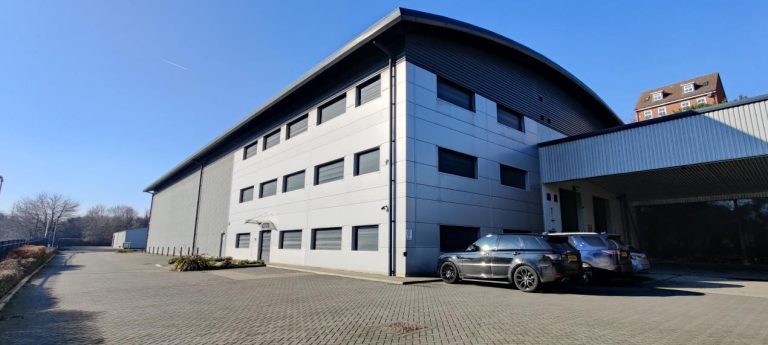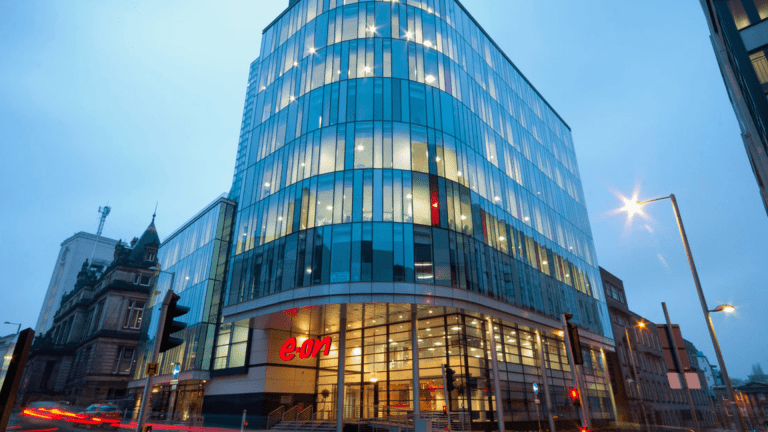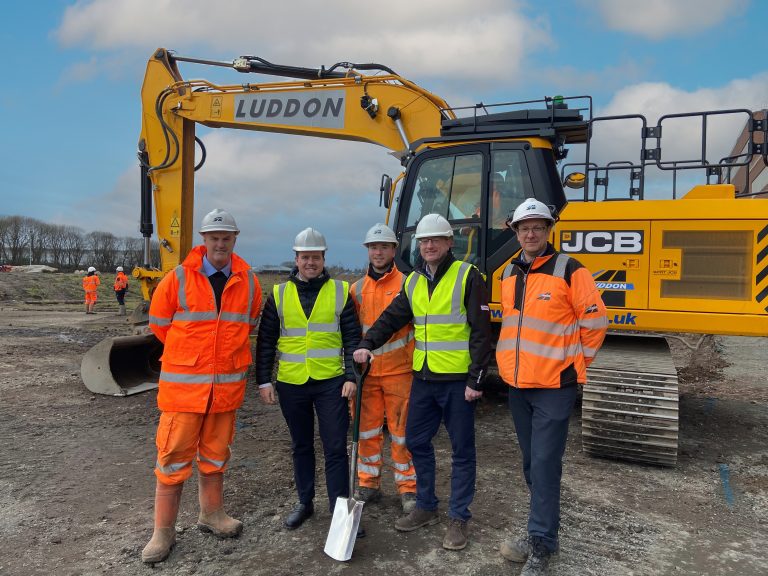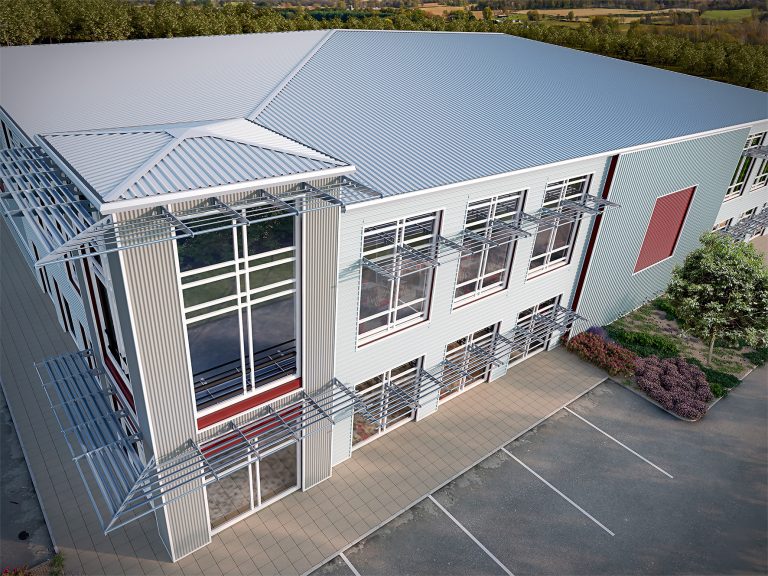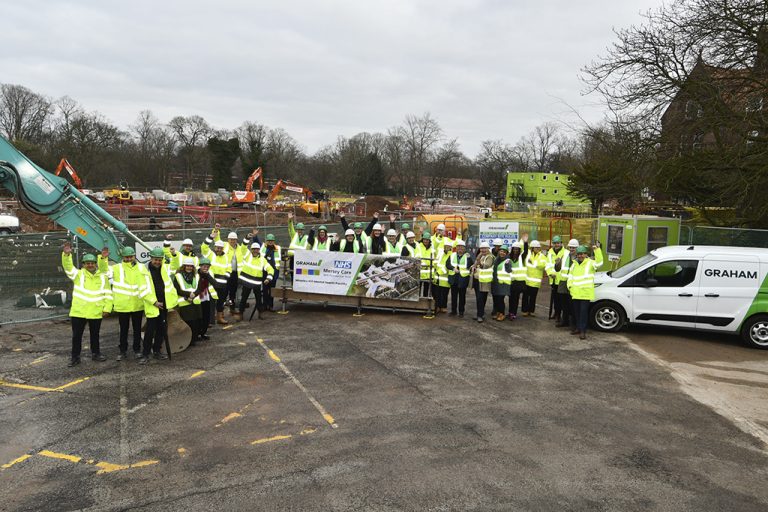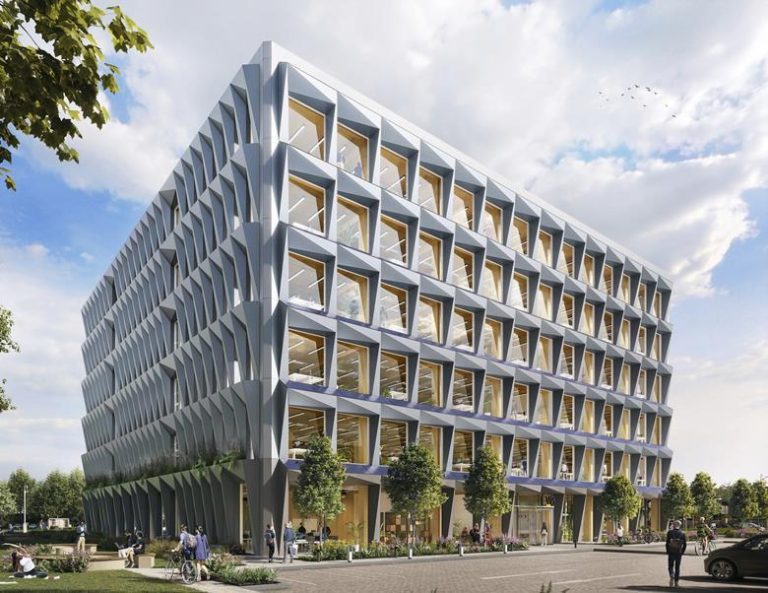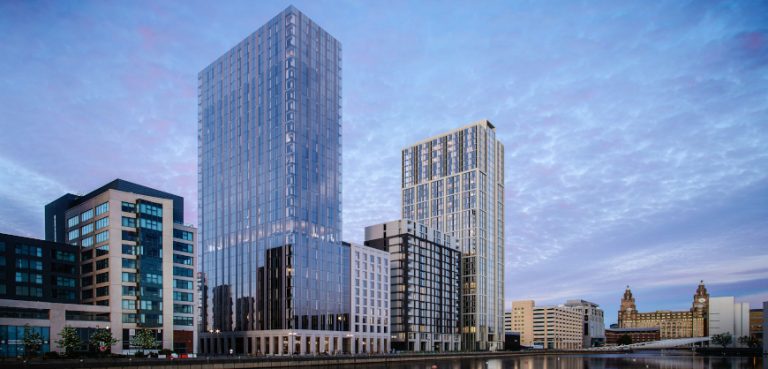INVESTMENT in East Midlands commercial real estate is set to bounce back in 2023 after transaction volumes dropped at the end of last year amid the UK’s economic uncertainty. Total investment volume in the region was £1.356 billion in 2022 – significantly down and nearly half (44%) of the previous year’s record-breaking volume, according to the annual market review by leading commercial property agents Innes England. However, the figure was only slightly down (11.5%) on the five-year rolling average and just 6.75% down on the ten-year rolling average, said Ben Robinson, head of the company’s investment consultancy. Ben said 2022 had been ‘a year of two halves’ but added: “As we begin 2023 we are cautiously optimistic that despite the re-rating of commercial property yields at the end of last year, transaction activity will return as investors quickly become acclimatised to the new norm.” The figures were revealed in Innes England’s 16th Market Insite report – presented virtually to an audience of hundreds of industry professionals – which monitors trends in the regional property market, focusing on Nottingham, Leicester and Derby, as well as Birmingham for the first time this year. The webinar featured specially filmed interviews with the senior team on location and included a live Q&A. Across the East Midlands in 2022, the report highlighted: Transaction activity across the region in the first half of 2022 continued at much the same level as the previous year, when volumes ended at record highs, said Ben. “However, this strong investor momentum started to fade in the second half of the year as the market began to absorb the effects of the first significant rises in interest rates since the financial crisis, before falling away sharply following the further shock of ‘Trussonomics’,” said Ben. “As the era of cheap money came to a rather abrupt end towards the latter part of the year many investors adopted a wait-and-see approach whilst commercial property yields re-rated across all sectors.” That was reflected in the drop in transaction volumes in the second half, with only £239 million pounds worth of deals transacted across the whole East Midlands market. “However, we expect the market to recover following a quiet start to the year as investors look to take the opportunities of a thinner market while it lasts,” said Ben. In the logistics market, record levels of take-up in the first half of last year gave way to a decline in the second half, said director Peter Doleman. Whilst the political instability was clearly a factor, there was no crisis in the East Midlands industrial sector performance. Leicester’s increased take-up of 39% was primarily due to its location and greater exposure to the national distribution market, with notable sites including Magna Park and the Leicester Distribution Park. Derbyshire saw a substantial increase, from 891,000 to over 1.2 million sq ft. “Whilst the distribution sector is obviously an increasingly important part of both the local and national property market, there are many other sectors that drive our market locally, and the feel-good factor here in the East Midlands is better than some pundits have forecast,” said Peter. “Rental values and prices continued to rise last year, off the back of the speculative market, where prices have had to rise in view of increased costs. This has had a knock-on effect within the second-hand market, as occupiers look for suitable and cheaper alternatives. Prime rents are in the region of £8.50 per sq ft.” Director Craig Straw, head of Innes England’s business space agency team, said office take-up transactions were down across the region by about 25% but this followed a bumper post-pandemic 2021. Nottingham’s office take-up was the most robust with a strong focus on the city centre. Activity in Leicester and Derby was high in the edge of city and out of town market but overall the region had a lack of larger transactions. One emerging trend was occupiers upgrading at lease events while also downsizing their requirements. In some sectors this upgrading led to rental inflation, said Craig. New ways of working will continue to impact space requirements, with growing indications that some employers are starting to push for a more office-focused base. “It will be interesting to see how things develop as in many sectors there is still a labour shortage with employers looking to secure those scarce resources on terms which suit the employee,” said Craig. “No doubt the best approach is to create a workplace which employees wish to visit and spend time in out of choice.” In the retail sector, landlords and tenants had needed to adjust to the economic climate and the challenge of inflation, said Innes England managing director Matt Hannah, who highlighted the UK’s 17,000 shop closures in 2022 – the highest in the past five years. “A third of all closures came from a reduction in branch networks by the nationals and a further third, unfortunately, from the independent sector,” said Matt. “The East Midlands had the third lowest net decline in these numbers which reflect a 50% increase across the country over 2021. The reduction of government support and removal of the rent moratorium played significant roles.” Despite the closures, city centre landlords and stakeholders are repurposing spaces at pace, such as Marks and Spencer’s plan for 20 new stores over the next two years, creating 3,400 jobs, and the future of the region’s former Debenhams stores. The most significant boost to city centres is the much-awaited rating reassessment which impacts this April and is an immediate reduction of retailers’ occupancy costs, said Matt. “Some units we are marketing are showing a 65% drop in the rates payable or, for example, a reduction on one unit from £70,000 a year to £25,000,” he added. The retail warehouse market has made a swifter recovery, with investment yields between five and six per cent, and discount food operators continue on an aggressive expansion. The food and beverage roadside sector is attracting new entrants, where strong rents are




